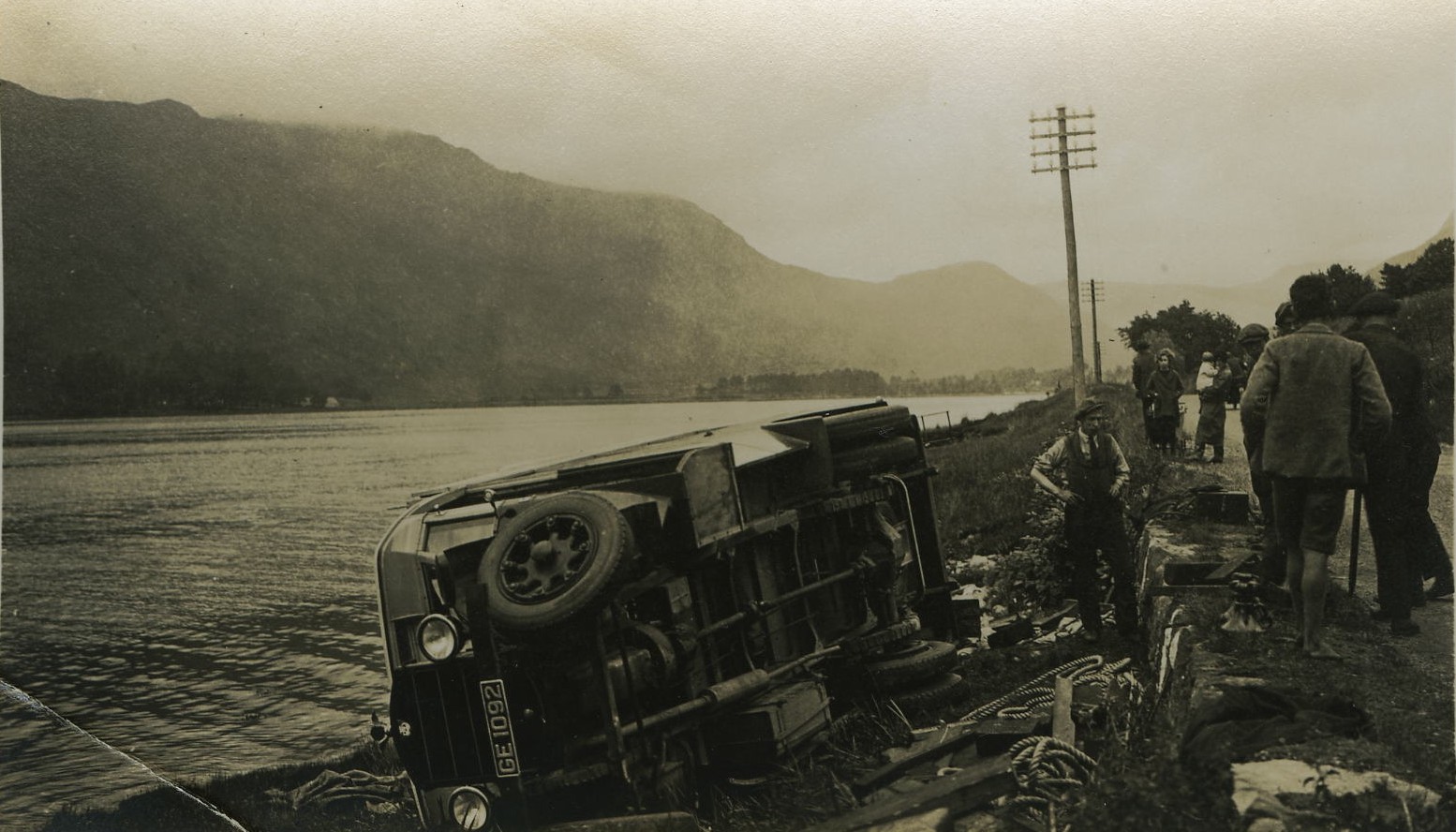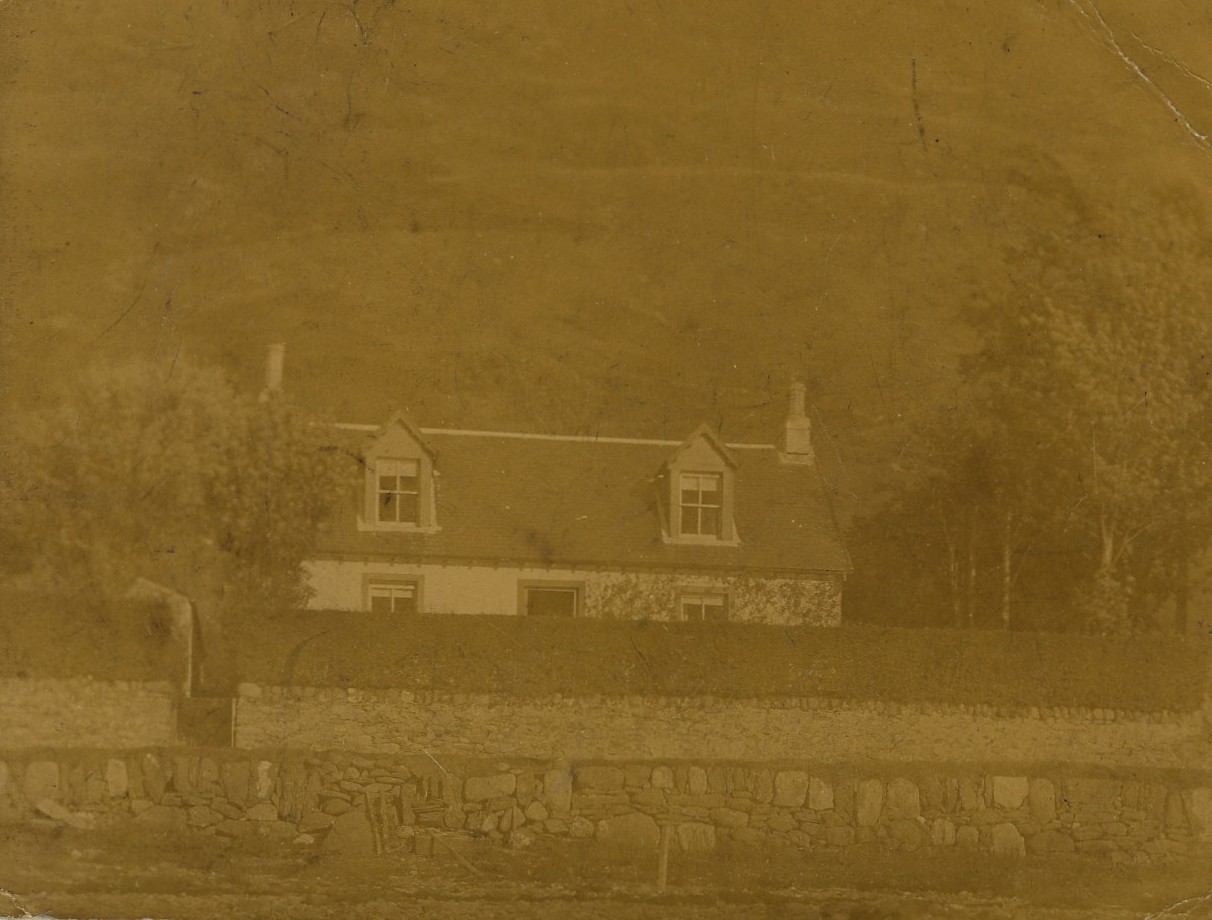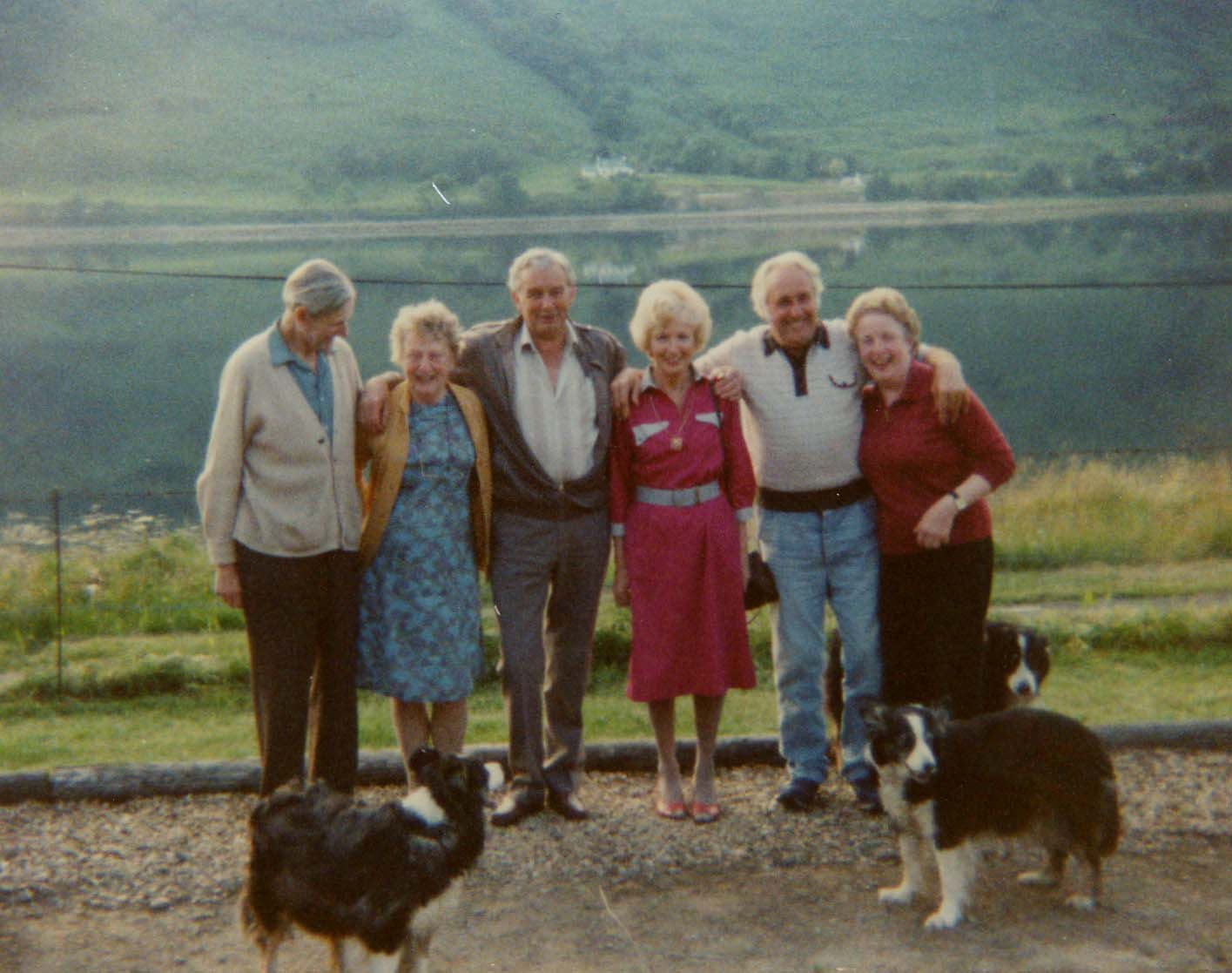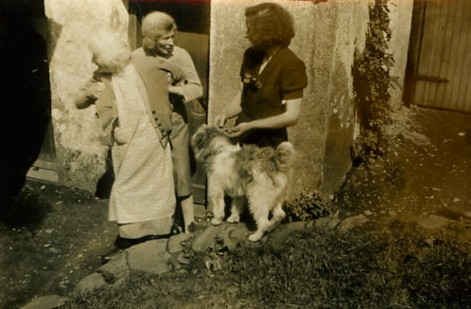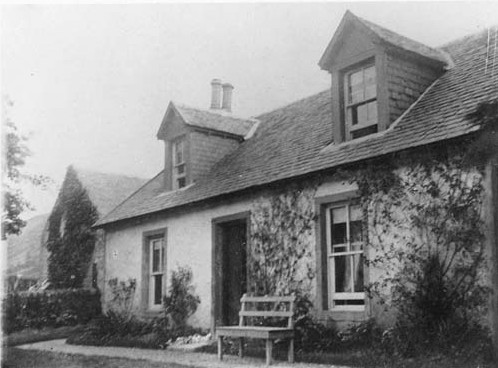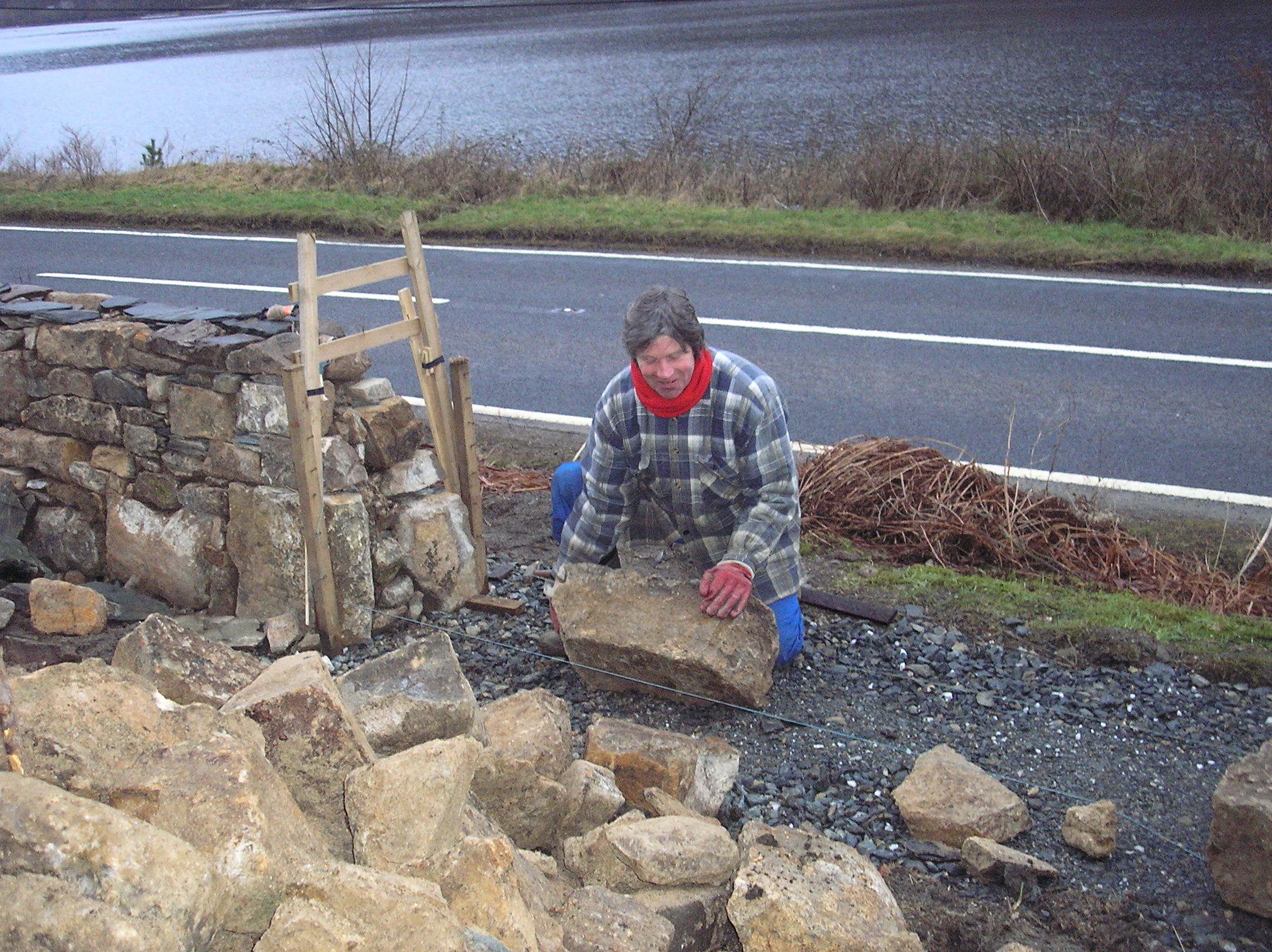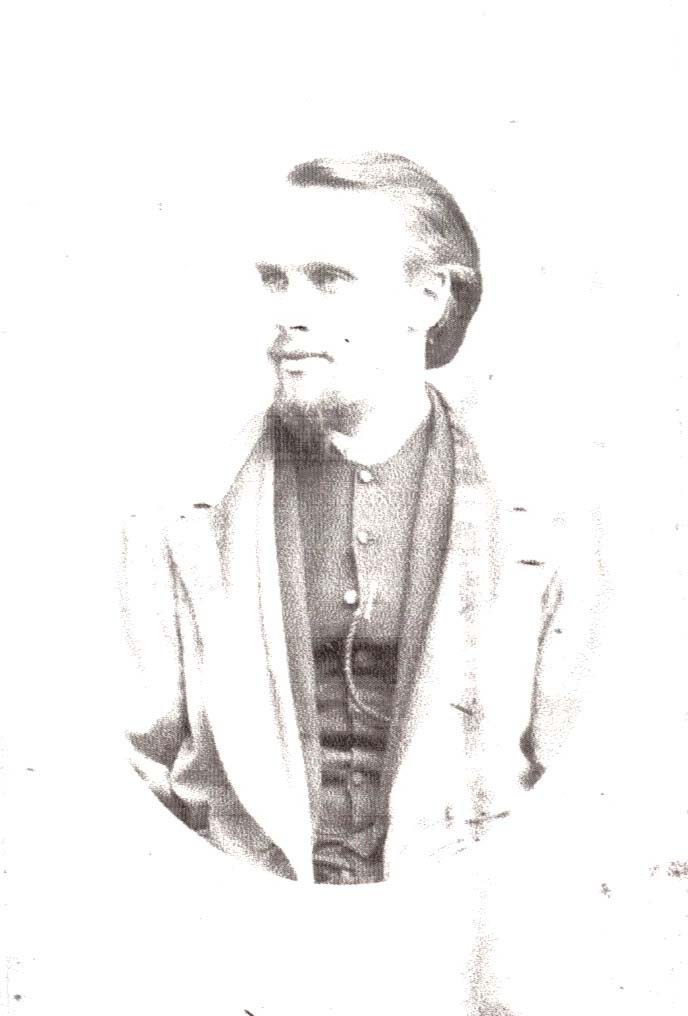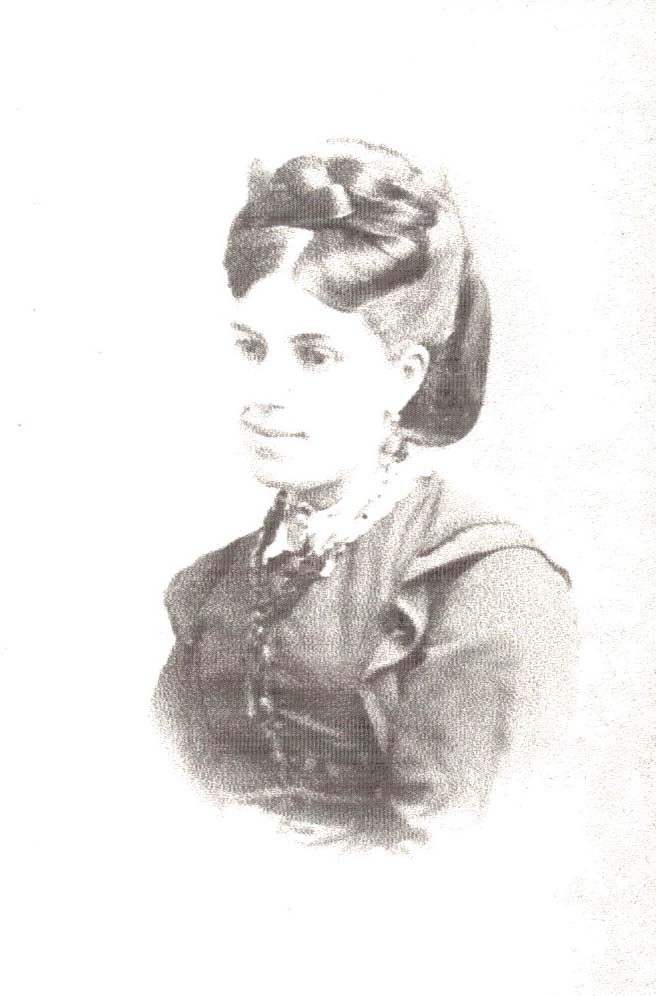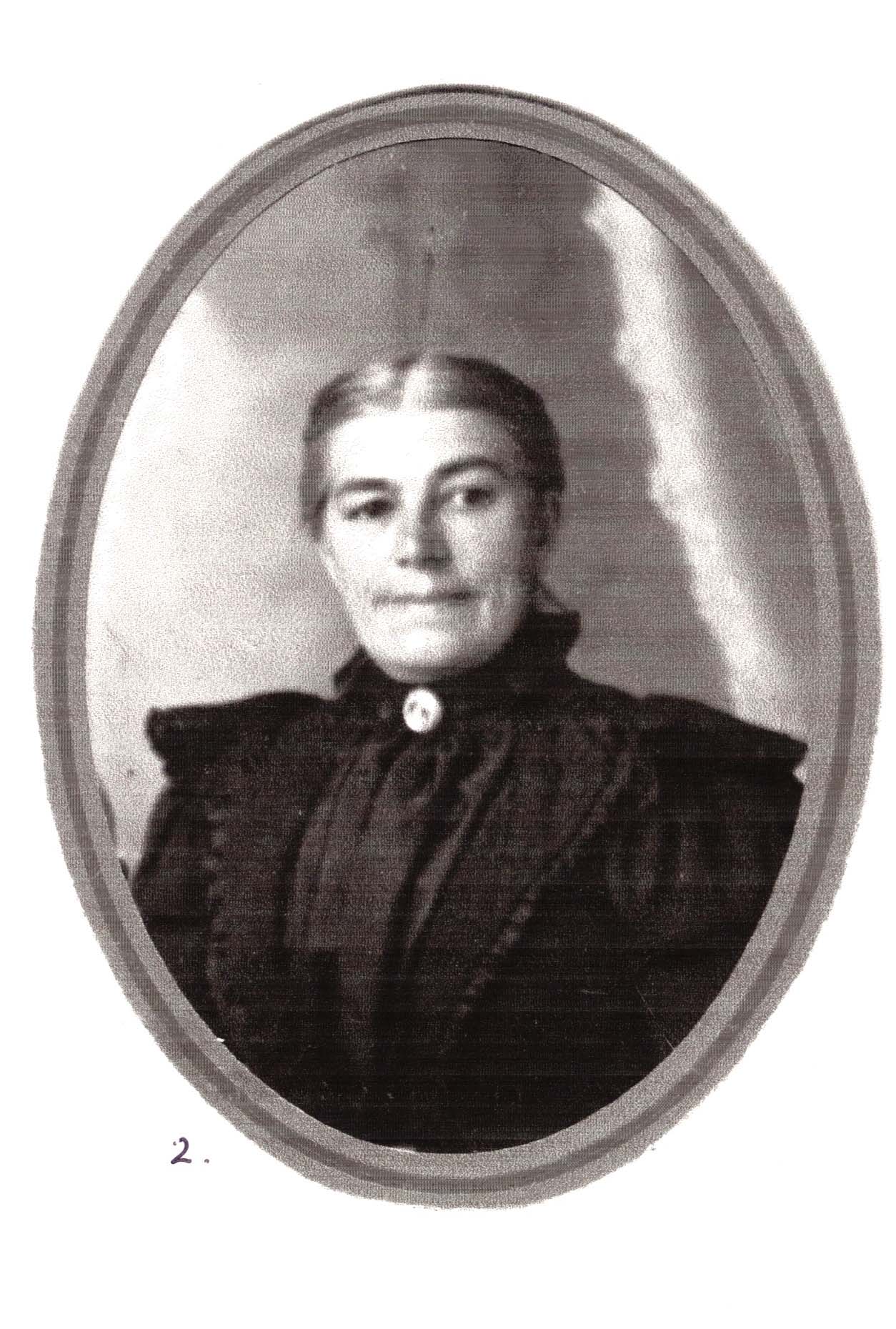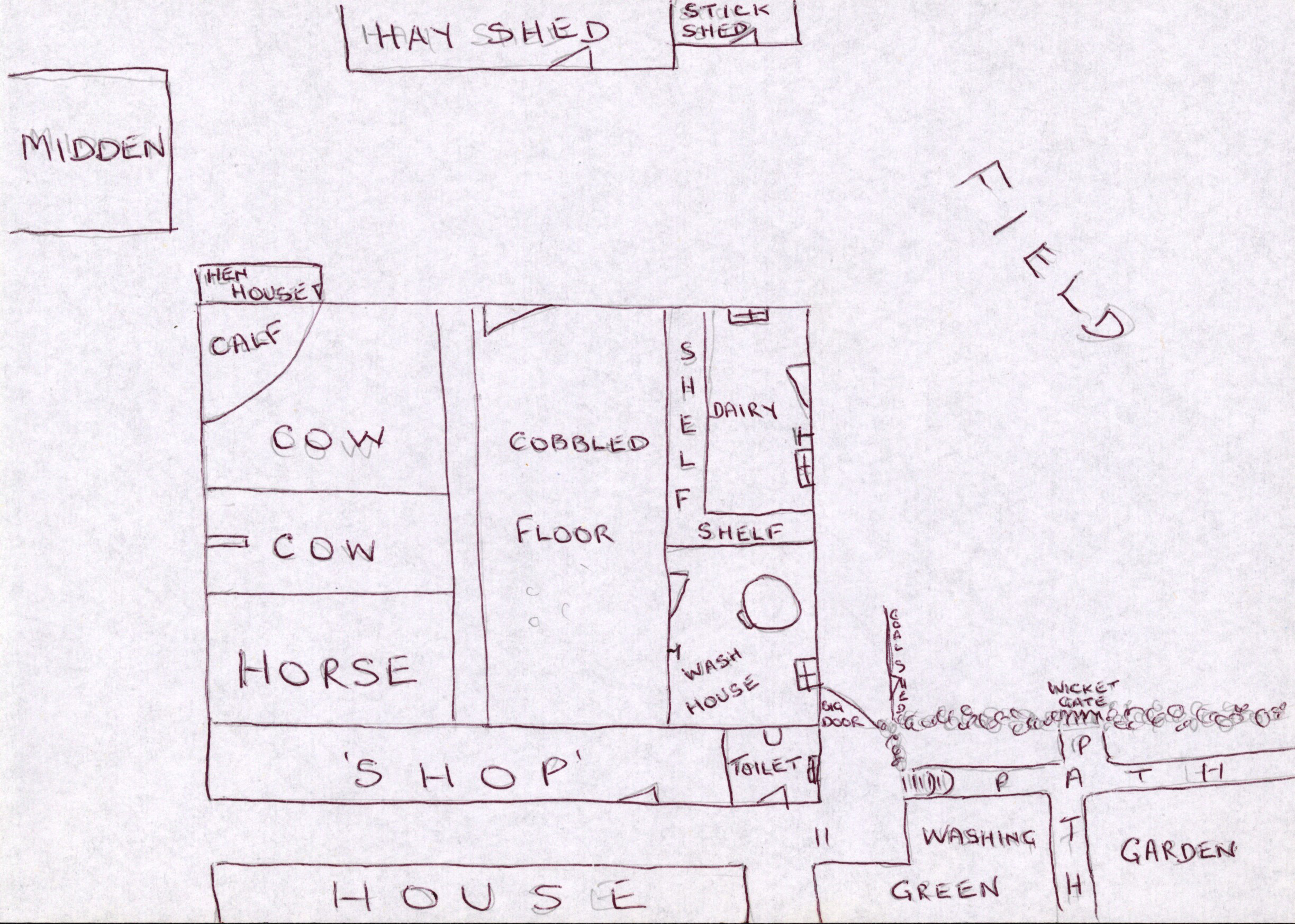Glaschoine | 57 occupants (1841 - 2016)
i. Historical evidence and known architectural history
On the 1st Edition OS it is spelled Glasheoin. The building is noted in the 1841 census and on the 1st Edition OS where two buildings are illustrated - a longer E/W aligned range and, beyond its E end a shorter, squarer building that is aligned N/S. According to Alice Beattie, whose home it used to be, these buildings were the dwelling to the W and a byre/barn to the E.
Data from the Ordnance Survey Name Book (1871)
Upper Glascheoin : OS Name Book 54 [RCAHMS archive: reel 42, counter 001]
Name of site (modes of spelling) Spelling confirmed by authorities Descriptive remarks, general observations of interest
UPPER GLASHEOIN G F H(?) Callander [Ardkinglas]
John Mc Nicol(McNeol?), Clachan Beag
A M Vicai (Mc Vicar?), Clachan Beag Two small stone and slated cottages on east side of Loch Fyne, about 1 mile northeast of Carindow.
The property of G F H(?) Callander, Esq. [of Ardkinglas].
Ordnance Survey, 1871, Name Book for Sheets XCIX (99), CXI (111), CXII (112), CXIII (113), CXIV (114), CXV (115), CXXIV (124), CXXV (125) and CXXVI (126), Argyllshire, 6inch scale, (21/04/1897).
[?] - Information added, not part of original document : (?) - Spelling unclear
ii. Setting
Back from the rear of the main cottage is a walled area, enclosed by drystone dykes; this appears on the first edition OS. Clearly there had originally been some slight terracing back into the hillside behind the house. This is now been extended further back, a large open gravel area now having been established. This most recent renovation by its present occupiers over the last 2 years.
The barn was converted in the 1970's as a self-contained holiday flat. This is done by Mungo Sinclair of Furnace. Originally the two buildings were separate structures, they've now been linked. At the rear re-entrant there is a porch, which was put in in the 1970's, the same stage when the original cottage was extended to meet the barn.
iii. Main house
In common with many of the estate cottages the main house is a three bay construction of one and a half stories. The principal frontage is to the N, facing on to the loch side beyond and set somewhat above the main road. It has a central entrance with windows on either side, the windows of which have been replaced relatively recently. Windows and doors have a raised margin - these surrounds are lined-out to suggest dressed stonework, this must be secondary to the original construction as they appear to be modelled in cement.
The building is currently harled throughout. It has a double-pitched slated roof and on the N frontage there are two gabled dormers, also slated. At the NW angle there is a raised margin, apparently modelled in cement. The W gable, which has a single window offset to the N, is rendered and the render is ruled out to look like ashlar stonework. The rear of the building is harled. Here there are a number of openings most of which are relatively recent in origin. The rear door to the centre is possibly an early opening. There are traces at points of original lime harl; presumably rubble construction underneath.
The original front door is of vertical plank construction (probably 5" boards). There are narrow beads at the tongue-in-groove joints. The door is framed internally into panels. This gives access to an entrance hall and there are entrances to E and W into the principal frontage rooms. The doors within both of these are early and of fairly fine four-panelled construction. The panels within are raised and fielded for the eastern door on the W side, and only moulded on the hall side. It is not clear whether the mouldings are planted or run in situ.
The principal room to the W has a fireplace in the centre of the W wall; this is now open back to masonry. There had been a small bedroom on the S side of this room, its partition wall now removed and the whole opened into one substantial room. The door to the back bedroom was central to that partition wall. There is a small window, and the existing glazed doors are offset to the W in the rear wall. The existing shutters have raised and field panels, these are early although reset in the present window, recently refurbished. These mouldings match those of the door into the room.
The rear entrance hall was originally the bathroom, this was accessed from the N under the stair off the hall. There is an under-stairs closet and a rear WC behind the area where the stairwell is. The under stair area was known as the black hole.
The entrance hall is more commodious than similar buildings examined (Cuil Cottace, Cuil Beag and Policy Gate). The stair itself is the original; this rises up in a flight of steps to the W, turning around the corner without landings, running up to first floor level. The balustrade between the two flights has a solid elongated newel with half round solid pine fascias. A small skylight lit the stairwell; this has now been replaced by a velux put in during the 1970's.
At the head of the stair there is a small landing that leads off to the main rooms to the E and W. Ahead to the N there is an entrance with paired doors that opens into a linen cupboard. The door into the western room is of original plank and batten construction (four battens, tongue-in-groove boarded, with a narrow bead at the joint). In the W wall there had been a fireplace, which had an iron grate put in it; this was exposed during the more recent building works (photographed by the Ryan Peterson). Under the coving are cupboards to the N, although Alice thinks they weren't there when she was occupying the house.
The eastern upstairs room has been very heavily remodelled, particularly with the extension of the building to the old byre / barn further to the E. The original E gable wall seems to have entirely been taken down. The eastern first floor room according to Alice was originally a mirror of the one that survives intact to the W.
iv. Former byre, da






















